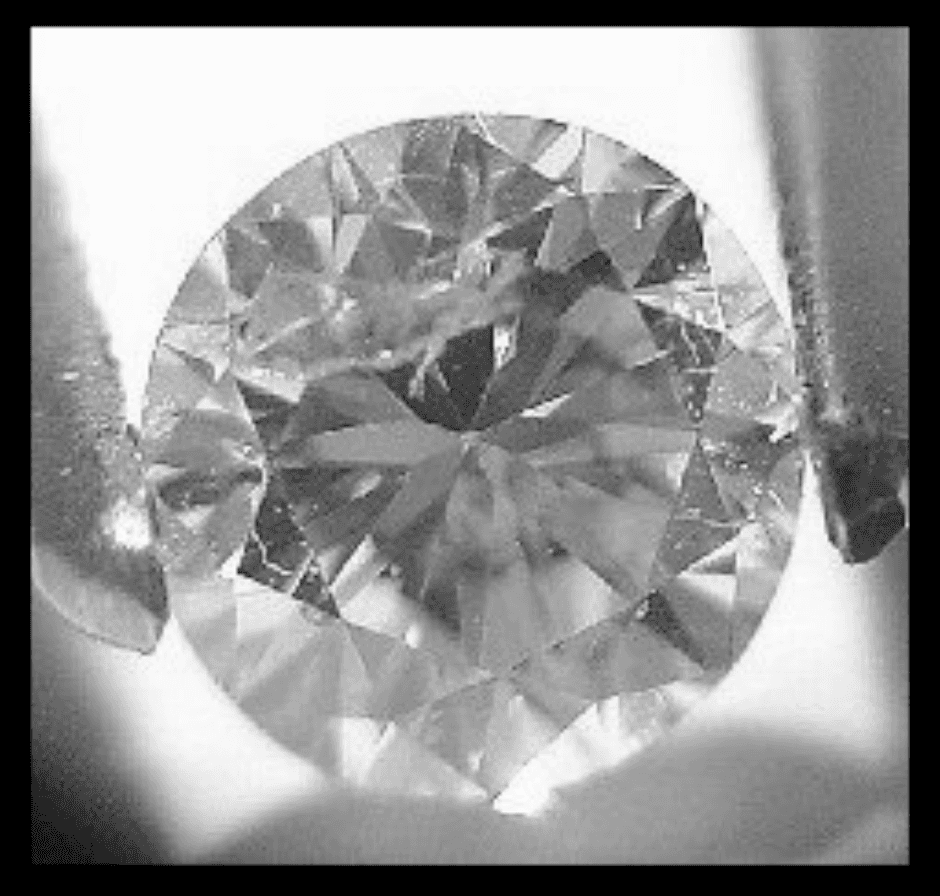Modern Diamond Cut Grading Methods
The GIA modern diamond cut grading method is the most widely accepted in the industry. Our step-by-step guide covers the tools and techniques you'll need.
7 Minute Read
The Gemological Institute of America (GIA) reporting standards are the most commonly accepted in the industry. In 2005, the GIA introduced a new, modern diamond cut grading method.
What’s The Difference Between Traditional and Modern Diamond Cut Grading Methods?
If you haven’t already, read the lesson on traditional diamond cut grading methods. This will teach you to grade diamonds in the field, away from your lab and reference materials. In addition, the standards for grading diamond finish remain unchanged. (The lesson on traditional methods also discusses economic and practical issues regarding choosing a diamond cut).
Traditional cut grading methods are still exceptionally valuable. However, they aren’t accurate enough for the new standards. Modern diamond cut grading requires measurements to a closer tolerance than you can estimate by sight. Sight estimation is the hallmark of traditional grading.
Measurement Tolerances for Modern Diamond Cut Grading
Taking some of these measurements will require reticles in conjunction with a microscope or loupe.
| Table size | 1.0% |
| Crown angle average | 0.5° |
| Pavilion angle average | 0.2° |
| Average star length | 5.0% |
| Average lower-half length | 5.0% |
| Average crown height | 0.5% |
| Average pavilion depth | 0.5% |
| Total depth |
…
Donald Clark, CSM IMG
Related Articles
Rubellite Tourmaline Buying Guide
Blue Tourmaline (Indicolite) Buying Guide
A Consumer’s Guide to Gem Grading
2018 Update to the FTC Diamond Jewelry Guides
Never Stop Learning
When you join the IGS community, you get trusted diamond & gemstone information when you need it.
Get Gemology Insights
Get started with the International Gem Society’s free guide to gemstone identification. Join our weekly newsletter & get a free copy of the Gem ID Checklist!
